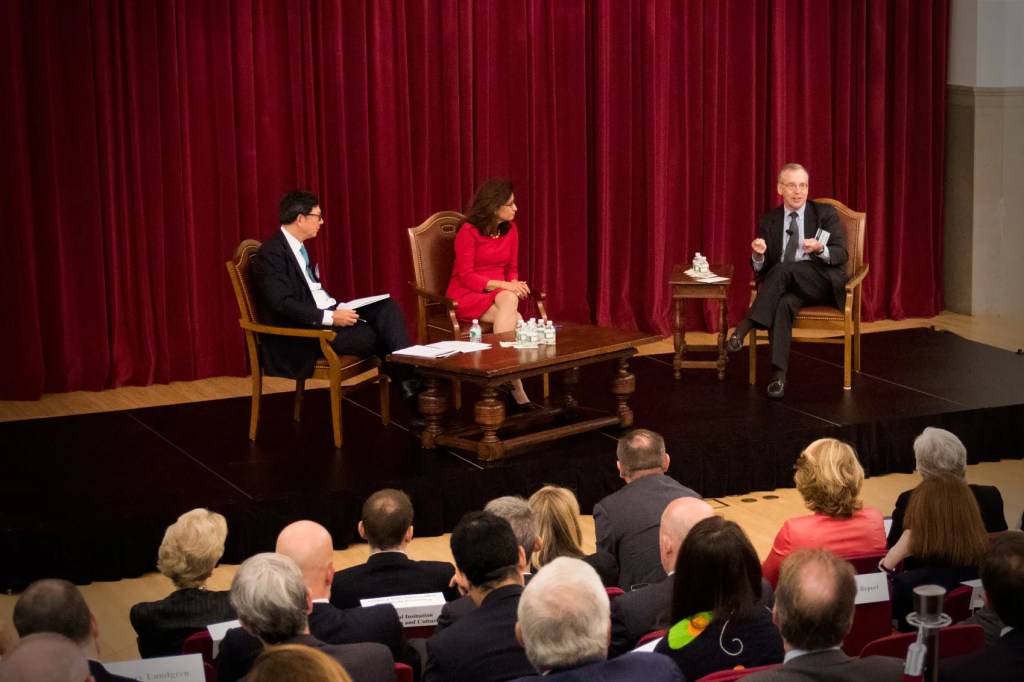
A few weeks ago, we held our third conference at the New York Fed on reforming culture in financial services. Leading up to the conference, we shared some of what our moderators and participants were hoping to discuss throughout the day. Now that the conference is over, I wanted to take a few moments to discuss some of what we heard.
First, there was broad consensus that good culture is in everybody’s interest. Bad cultures and bad behaviors divert management attention from activities that would benefit customers and the firm’s shareholders. There are private costs to bad culture. Fines are obvious and immediate. Over time, and perhaps in less noticeable ways, a firm with a reputation for poor behavior may not attract good people. The franchise value of the corporation may suffer as a result. There are certainly public costs, too. As I said in my opening remarks, a lack of trustworthy financial services may undermine the effectiveness of financial intermediation. Consequently, a lack of trustworthiness may also pose risks to financial stability. Baroness Onora O’Neill put it best: There’s a big difference between trust and trustworthiness. We want to have trust when that trust is deserved — when the custodian is trustworthy.
The second thing we heard is that officials around the world are on the same page when it comes to the need to improve the conduct and culture of financial services. Now, there are different traditions — legal traditions, institutional traditions — across global financial centers, but we all are trying to accomplish the same thing.
Third, we heard that rules and regulations are not enough. In some ways, an excess of rules and regulations can actually undermine an individual’s sense of responsibility and accountability. “I don’t have to worry about what I should do, because the regulator or Congress or Parliament legislates exactly what I can do.” We have to be careful that regulations and laws not take the place of the sense of responsibility that everyone in the industry should feel about their decisions and their behavior.
And fourth, we discussed the importance of developing a culture that encourages people to speak up. U.S. Attorney Preet Bharara made the point that if we could just get people to speak up earlier and more forcefully, small problems could stay small, and they wouldn’t turn into big scandals. He acknowledged — and I agree — that this is easier said than done. The pressures to conform are strong. But people still have choices, and firms can make those choices easier. What if banks held up positive examples to conform to — like a vision or a mission — in addition to warnings about misconduct?
My own conclusion is that reform is achievable– difficult, but achievable. Undertaking efforts that improve incentives is vital because incentives drive behavior and behaviors, in turn, drive a firm’s culture. Governance can be improved, and firms can get better in assessing the quality of their culture and the direction in which they’re headed. Communication can be clearer in both directions — from the top down and the bottom up. What matters is that firms not search for the silver bullet, but, rather, deploy the many resources available to them. And they have to keep at it. Reform programs can’t be episodic; they really must be persistent. Someone used the metaphor that this is not a journey, but more like a treadmill. There is no arrival at a destination. Better culture has to be a habit, like exercise. You just have to keep at it.
And, as with exercise, signs of progress can help you keep going. I am encouraged by what we heard at the conference and the fact that we were able to bring together different perspectives and stakeholders around this common theme. I hope that a year from now, we’ll see the industry pulling together on collective reform efforts. Right now, a number of individual firms have reform initiatives in place, but there aren’t many things that are truly industry-wide. While it is encouraging that firms are learning individually, they would also benefit by opportunities to learn from each other. The New York Fed will continue to play a role in this process, but as I have said, it is industry that owns its culture and that ultimately bears the responsibility for bringing about cultural change.
For more on the discussions, read the conference summary.
William C. Dudley is the president and chief executive officer of the Federal Reserve Bank of New York.
This article was originally published by the New York Fed on Medium.
The views expressed in this article are those of the contributing authors and do not necessarily reflect the position of the New York Fed or the Federal Reserve System.










